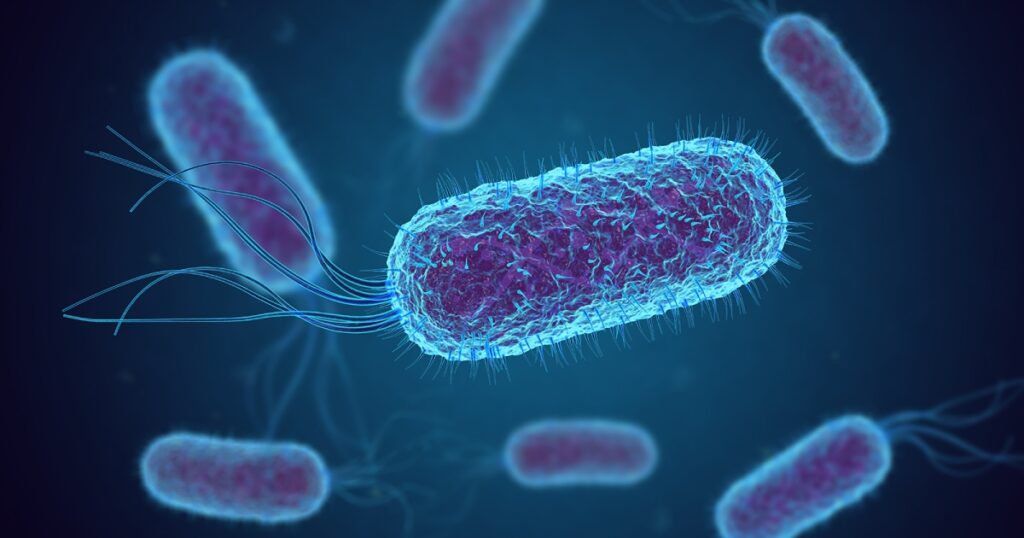Why do organisms take food? It is crucial for their survival, growth, and overall well-being. Nutrition forms the very foundation of life, as organisms across the globe rely on food to sustain their existence. From microscopic bacteria to majestic elephants, the quest for nourishment is universal. But have you ever wondered why organisms take food? In this article, we will delve into the fascinating world of nutrition, exploring the basic principles, purposes, and adaptations behind this fundamental biological process.
Basic Principles of Nutrition:
At its core, nutrition refers to the process by which organisms acquire and utilize nutrients for growth, development, and energy production. It revolves around two primary categories of nutrients: macronutrients and micronutrients. Macronutrients include carbohydrates, fats, and proteins, which provide energy and serve as building blocks for various biological processes. Micronutrients, such as vitamins and minerals, are required in smaller quantities but play crucial roles in maintaining optimal health.
The Purpose of Food for Organisms:
Energy Production:
One of the primary reasons organisms consume food is to extract energy for their metabolic activities. Carbohydrates, fats, and proteins are broken down through digestion and transformed into a molecule called adenosine triphosphate (ATP) through cellular respiration. ATP acts as a cellular currency, providing the energy required for essential processes like muscle contraction, nerve signaling, and biosynthesis.
Growth and Development:
Food serves as the fuel for growth and development in organisms. Essential nutrients, such as amino acids and minerals, are vital for tissue repair, organ formation, and overall growth. Hormones play a significant role in regulating growth processes, ensuring the proper utilization of nutrients for optimal development.
Maintenance of Bodily Functions:
Food is essential for the maintenance of bodily functions, including enzyme production, biochemical reactions, and regulation of internal conditions. Enzymes, which are protein molecules, facilitate chemical reactions in the body, enabling processes like digestion and nutrient absorption. Homeostasis, the ability to maintain stable internal conditions, is supported by a balanced diet that provides the necessary nutrients for optimal bodily function.
Adaptations in Different Organisms:
Organisms have evolved diverse adaptations to obtain and process food efficiently based on their ecological niches and dietary preferences.
Herbivores:
Herbivorous organisms, such as cows and rabbits, have specialized digestive systems capable of breaking down plant material. They possess adaptations like elongated digestive tracts and fermentation chambers that host symbiotic microorganisms, aiding in the breakdown of cellulose and other complex plant compounds.
Carnivores:
Carnivorous organisms, like lions and hawks, are adapted to consuming animal flesh. They possess sharp teeth and strong jaws to capture and tear prey, and their digestive systems are optimized for processing and absorbing nutrients from high-protein diets.
Omnivores:
Omnivorous organisms, including humans and bears, have the flexibility to consume both plant and animal-based food. They possess a range of teeth and digestive enzymes that allow them to break down a variety of food sources, providing them with nutritional versatility.
Feeding Strategies in Organisms:
Organisms employ various feeding mechanisms and behaviors to obtain food based on their ecological context and available resources.
Feeding Mechanisms and Behaviors:
Filter feeding, predation, grazing, and scavenging are some of the common feeding mechanisms employed by organisms. Each strategy is tailored to their specific dietary requirements and habitat conditions. For instance, filter feeders, like whales and flamingos, sift food particles from water or air, while predators actively hunt and capture prey.
Feeding Adaptations in Different Habitats:
Different habitats present distinct challenges and opportunities for obtaining food. Aquatic organisms have evolved adaptations like gills, specialized mouths, and streamlined bodies for efficient foraging in water. Terrestrial organisms, on the other hand, exhibit adaptations such as claws, beaks, and heightened senses to capture and consume food sources found on land.
Nutritional Challenges and Adaptations:
Organisms face various nutritional challenges, such as scarcity of food resources and the presence of toxic substances, which have shaped their evolutionary adaptations.
Scarcity of Food Resources:
Many organisms encounter periods of limited food availability due to factors like migration, seasonal variations, or specific habitats. In response, they have developed adaptive behaviors, such as long-distance migration or entering hibernation or torpor, to conserve energy and survive through periods of food scarcity.
Toxicity and Avoidance of Harmful Substances:
Organisms need to distinguish between edible and toxic substances to ensure their survival. Some organisms have developed mechanisms to neutralize or detoxify harmful compounds in the food they consume. Others have evolved sophisticated behaviors, such as selective feeding or mimicry, to avoid toxic substances altogether.

Interactions between Organisms and Food:
The consumption of food forms the basis of intricate relationships between organisms and their ecosystems.
Food Chains and Food Webs:
Organisms are interconnected through food chains and food webs, representing the flow of energy and nutrients from one organism to another. Each trophic level depends on the lower levels for sustenance, with primary producers converting sunlight into energy through photosynthesis, and subsequent levels consuming the energy stored in those producers.
Coevolution of Organisms and their Food Sources:
Organisms and their food sources often engage in coevolution, where their evolutionary paths become intertwined. For example, plants and their pollinators have developed intricate relationships to ensure successful reproduction, while seed dispersal mechanisms are shaped by the animals that consume and spread the seeds.
FAQs Section
The primary purposes of food for organisms are energy production, growth and development, and the maintenance of bodily functions. Food provides the necessary fuel for cellular processes, such as muscle contraction and nerve signaling. It also supplies nutrients required for growth, repair, and the formation of new tissues. Furthermore, food helps in the synthesis of enzymes, regulation of biochemical reactions, and the maintenance of stable internal conditions.
Different organisms adapt to their dietary needs through evolutionary processes. Herbivores have developed specialized digestive systems and microbial symbiosis to break down plant material efficiently. Carnivores possess adaptations like sharp teeth and strong jaws to capture and consume animal flesh. Omnivores, on the other hand, have versatile digestive food systems that allow them to consume both plant and animal-based food sources.
Organisms employ various feeding strategies based on their ecological context and available resources. Some common feeding strategies include filter feeding, predation, grazing, and scavenging. Filter feeders extract food particles from water or air, predators actively hunt and capture prey, grazers consume vegetation, and scavengers feed on carrion or decaying matter.
Organisms have developed adaptive behaviors to cope with nutritional challenges like scarcity of food resources. For example, some species migrate over long distances in search of food during different seasons. Others may undergo hibernation or torpor to conserve energy and survive through periods of food scarcity. Additionally, some organisms have the ability to store food reserves or adjust their metabolic rates to sustain themselves during challenging times.
Organisms have evolved various mechanisms to avoid consuming toxic substances in their food. Some possess detoxification mechanisms that neutralize or eliminate harmful compounds from their bodies. Others exhibit selective feeding behaviors, where they choose specific food sources that do not contain toxic substances. Mimicry is another adaptation employed by some organisms to resemble toxic species and deter potential predators.
Organisms interact with food within ecosystems through food chains and food webs. These interconnected relationships represent the flow of energy and nutrients from one organism to another. Each trophic level depends on the lower levels for sustenance, starting with primary producers that convert sunlight into energy through photosynthesis. Consumers at higher trophic levels depend on the energy stored in those producers or other consumers.
Understanding why organisms take food has significant implications for human nutrition. It provides insights into the importance of a balanced diet that supplies the necessary energy and nutrients for optimal health
Recap of the importance of food for organisms
Why do organisms take food? It is a fundamental question that unravels the essence of survival and sustenance in the natural world. The act of taking food is a fundamental aspect of life, providing organisms with the energy and nutrients they need to survive, grow, and thrive. Through millions of years of evolution, organisms have developed remarkable adaptations to obtain and utilize food efficiently.
Understanding the intricacies of nutrition not only sheds light on the diversity of life on our planet but also holds crucial implications for human nutrition and the development of sustainable food systems. So the next time you savor a delicious meal, remember the profound significance of food in sustaining the web of life.





